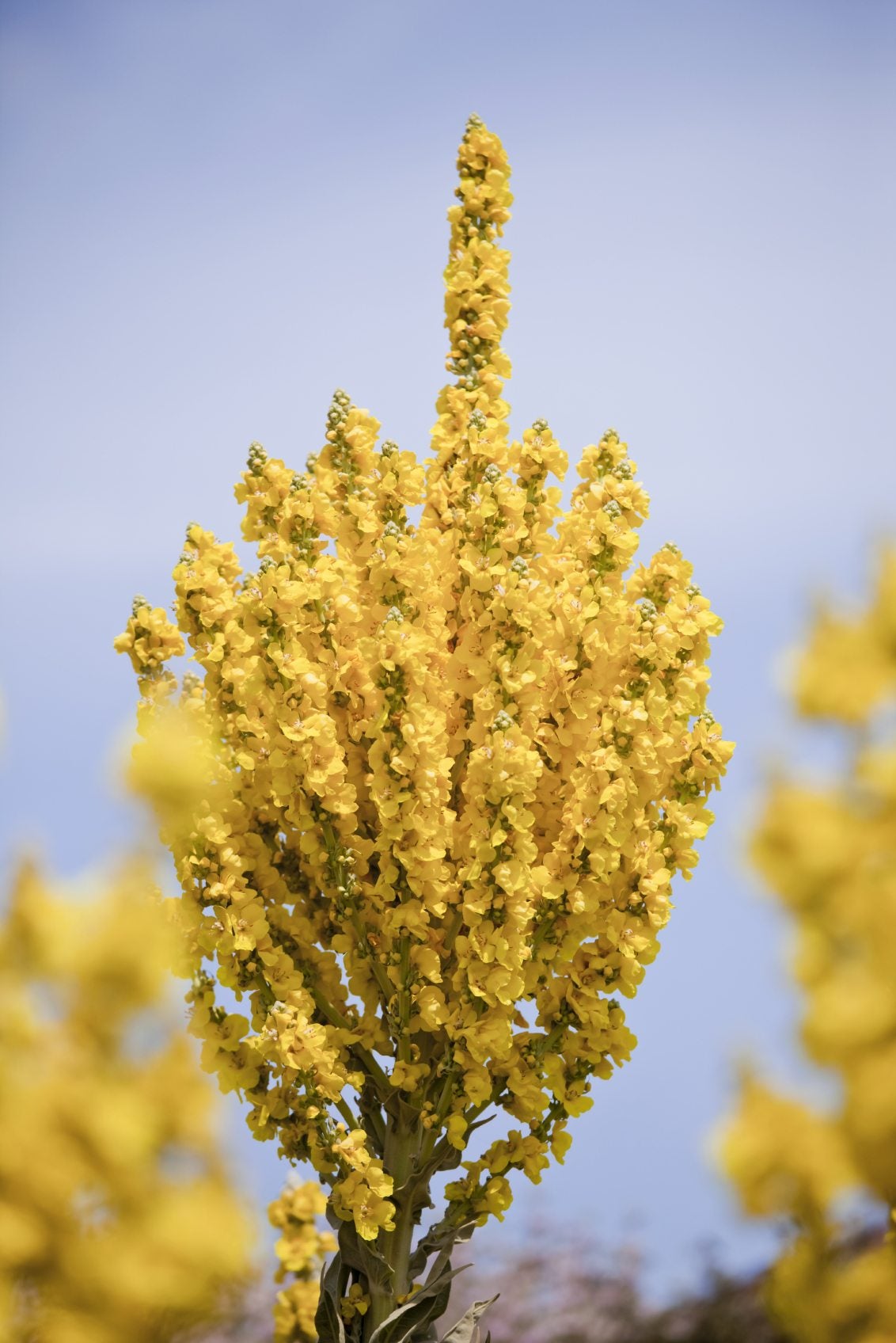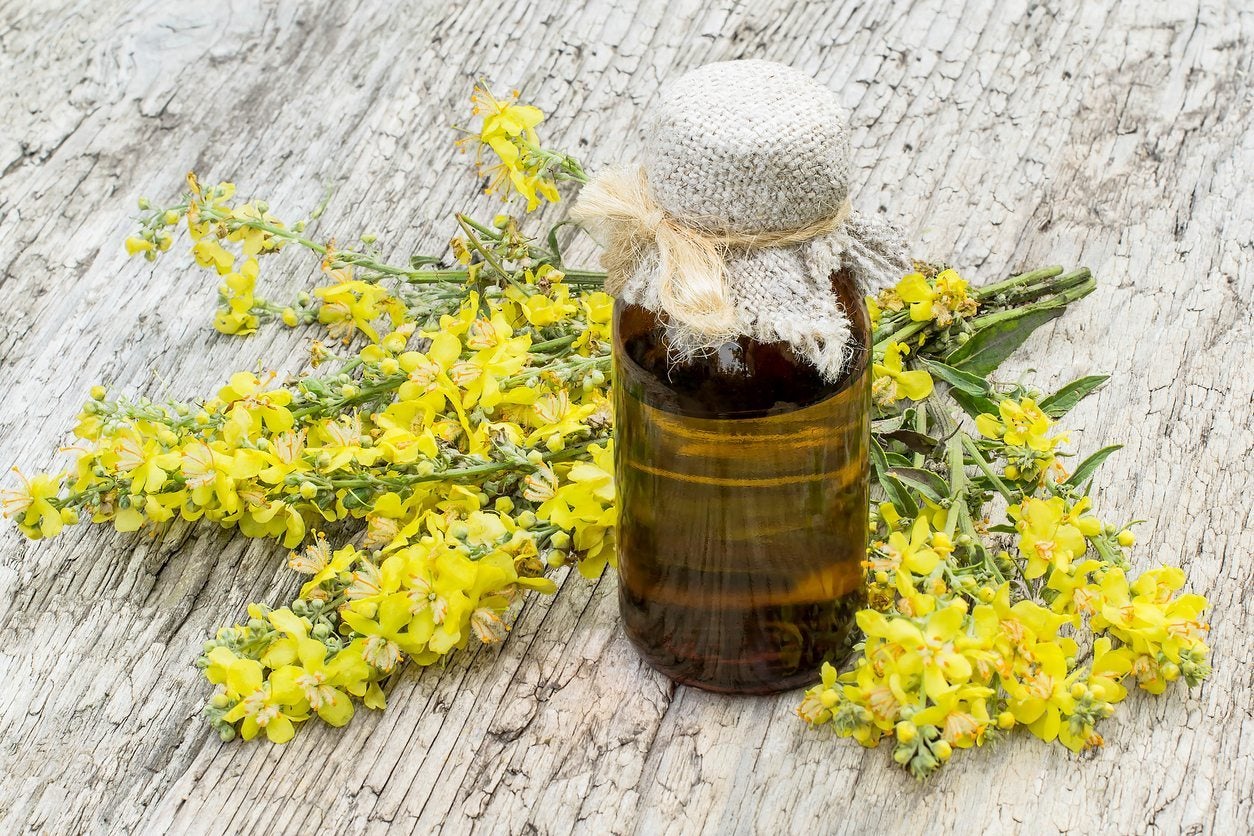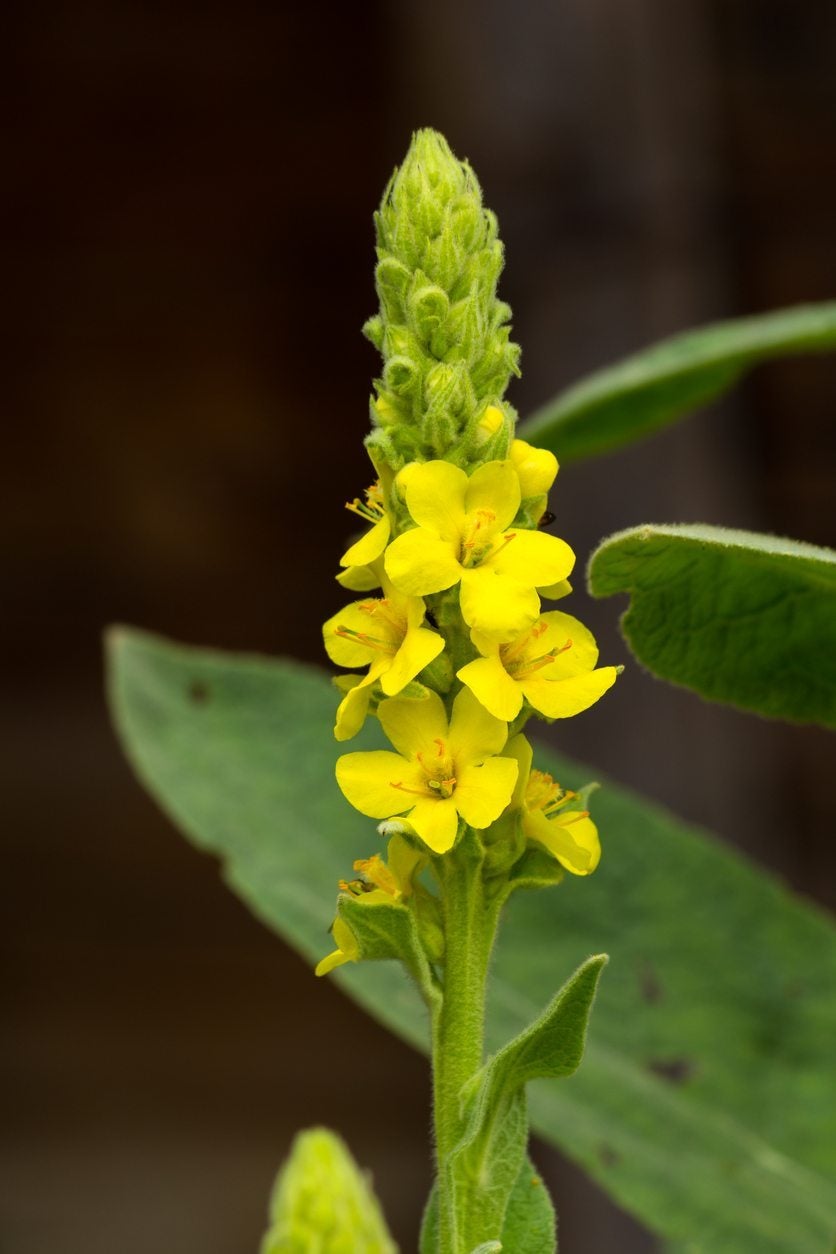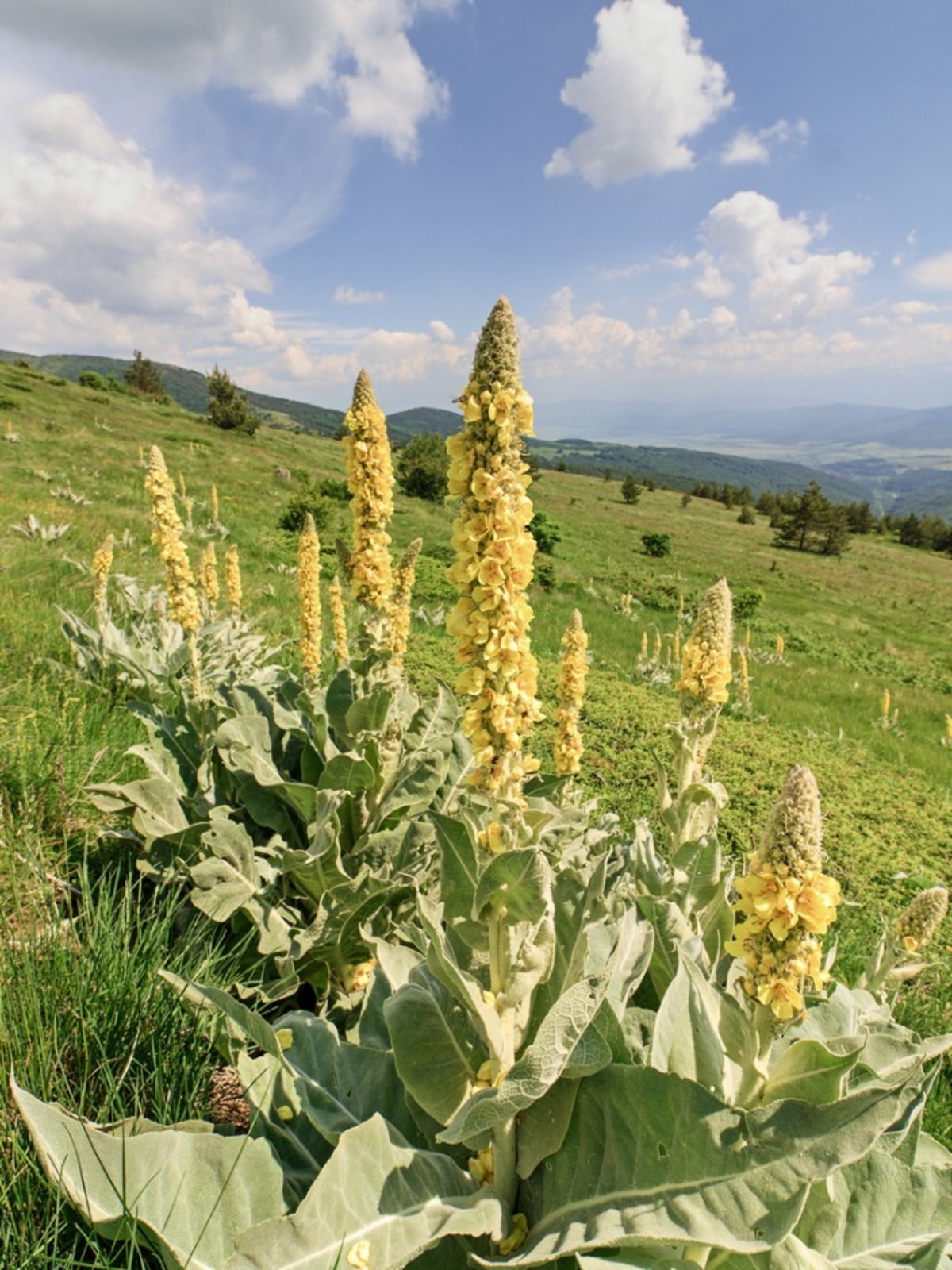Greek Mullein Flowers: How To Grow Greek Mullein Plants


Gardeners use words like “imposing” or “statuesque” for Greek mullein plants for good reason. These plants, also called Olympic Greek mullein (Verbascum olympicum), rise to 5 feet (1.5 m.) or more, and produce such generous amounts of bright yellow flowers that, by late summer, the upper stalks are completely covered with them. Growing Olympic Greek mullein is not difficult if you plant the long-lived flowers appropriately and in the right spot.
Greek Mullein Plants
If you’ve never heard of Olympic Greek mullein, you’ve been missing something special. This species of mullein, native to southern Greece and the Olympus Mountains in Turkey, is both attractive and elegant. Some say it is the finest plant in the Verbascum genus. The plant’s foliage is evergreen and beautiful. The silvery felted leaves grow in broad rosettes low to the ground, almost like succulents. Each leaf can grow to a foot long (31 cm.) and 5 inches (13 cm.) wide. They lie on the ground, spread like a huge fan. Greek mullein plants are tall, and their flowers are as well. Greek mullein flowers grow on spikes from the center of the basal leaves. The yellow blossoms grow in thick and fast in summer, giving the Greek mullein plant the look of a blooming chandelier. The flowers remain on the stalks most of the summer, often all the way through September. They attract many pollinators, including bees and butterflies. The plants look especially lovely in a cottage style garden.
How to Grow Greek Mullein
If you are wondering how to grow Greek mullein, it is not difficult. Direct sow the Olympic Greek mullein seeds in late summer or early fall in a garden spot with full sun and well-drained soil. If you plant in autumn, cover the seeds with a very thin layer of garden soil and a layer of organic mulch. You can also start the seeds inside in spring. First, you’ll want to place the Olympic Greek mullein seeds, mixed with moistened growing medium, in a plastic bag in the refrigerator. Leave them there a month before planting. Greek mullein care is not difficult in USDA plant hardiness zones 5 through 9. They grow in acidic or alkaline soil. Provide regular water while they are developing. Once the plants are established, they require little water.
Gardening tips, videos, info and more delivered right to your inbox!
Sign up for the Gardening Know How newsletter today and receive a free copy of our e-book "How to Grow Delicious Tomatoes".

Teo Spengler is a master gardener and a docent at the San Francisco Botanical Garden, where she hosts public tours. She has studied horticulture and written about nature, trees, plants, and gardening for more than two decades. Her extended family includes some 30 houseplants and hundreds of outdoor plants, including 250 trees, which are her main passion. Spengler currently splits her life between San Francisco and the French Basque Country, though she was raised in Alaska, giving her experience of gardening in a range of climates.
-
 Get Ready For A Summer Of Hummers! Grow These Full Sun Hummingbird Plants and Flowers
Get Ready For A Summer Of Hummers! Grow These Full Sun Hummingbird Plants and FlowersIf you’re lucky enough to enjoy a sunny backyard, make sure you are maxing out on your pollinator opportunities and grow these full sun hummingbird plants and flowers
By Tonya Barnett
-
 12 Lush Alternatives To A Lawn For Sustainable Spaces
12 Lush Alternatives To A Lawn For Sustainable SpacesAlternatives to a lawn are beautiful and also beneficial to your local ecosystem and its pollinators. Explore our top picks for plants to replace grass.
By Tonya Barnett
-
 Mullein Herb Plants – Tips On Using Mullein As Herbal Treatments
Mullein Herb Plants – Tips On Using Mullein As Herbal TreatmentsMullein herb plants, which can reach heights of 6 feet (2 m.) are considered noxious weeds by some people, while others consider them to be valuable herbs. Click on the following article to learn about mullein herbal uses in the garden.
By Mary H. Dyer
-
 Deadheading Mullein Plants – Should I Deadhead My Verbascum Flowers
Deadheading Mullein Plants – Should I Deadhead My Verbascum FlowersMullein is a plant with a complicated reputation. To some it is a weed, but to others it is an indispensable wildflower. Even if you want to grow mullein, it's a good idea to deadhead its tall flowering stalks before they form seeds. Learn how to deadhead mullein in this article.
By Liz Baessler
-
 What Is Mullein: Learn About Growing Mullein Uses And Disadvantages
What Is Mullein: Learn About Growing Mullein Uses And DisadvantagesYou've likely seen mullein plants growing in fields and along roadsides. They're often attractive, with tall spikes of yellow flowering rosettes. Read this article to learn more about this interesting plant.
By Becca Badgett